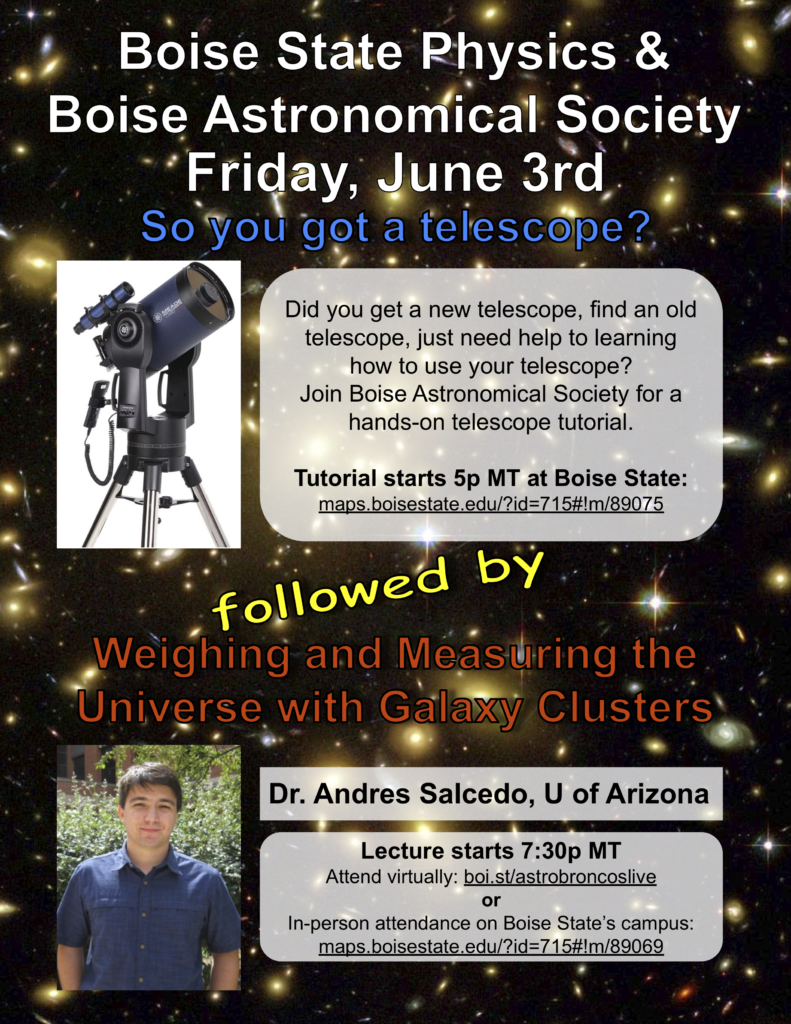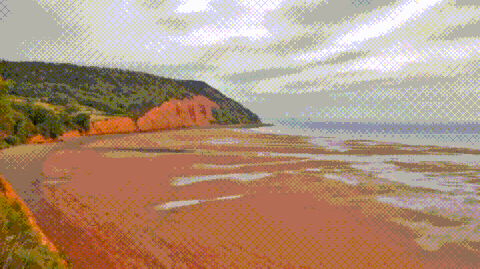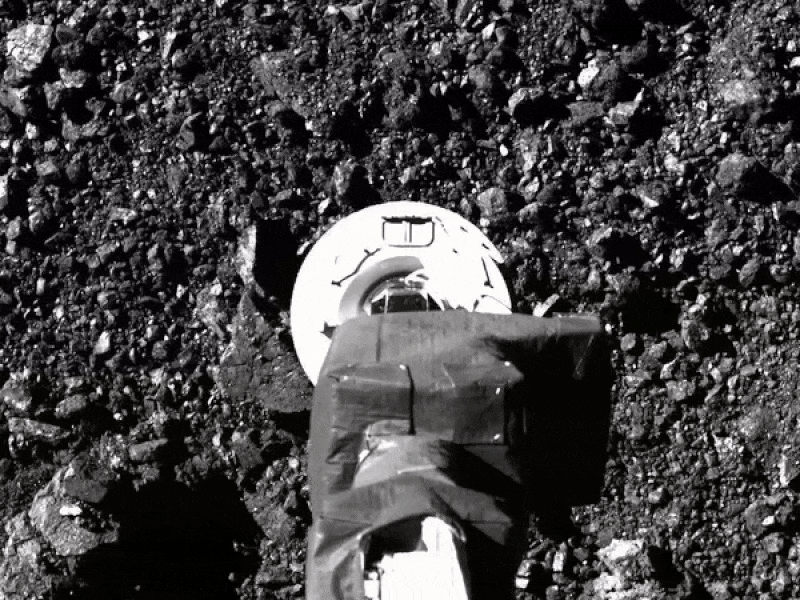
Although our current understanding of gravity, the theory of general relativity, arose only one hundred years ago, scientists were speculating about exotic gravitational effects going back to before the word “scientist” even existed. Today, astronomers employ gravity in a variety of ways to study the cosmos, to look for planets outside our solar system and even to weigh some of the largest celestial bodies in existence. These measurements have shed light on some of the darkest of astronomical mysteries.
Continue Reading



